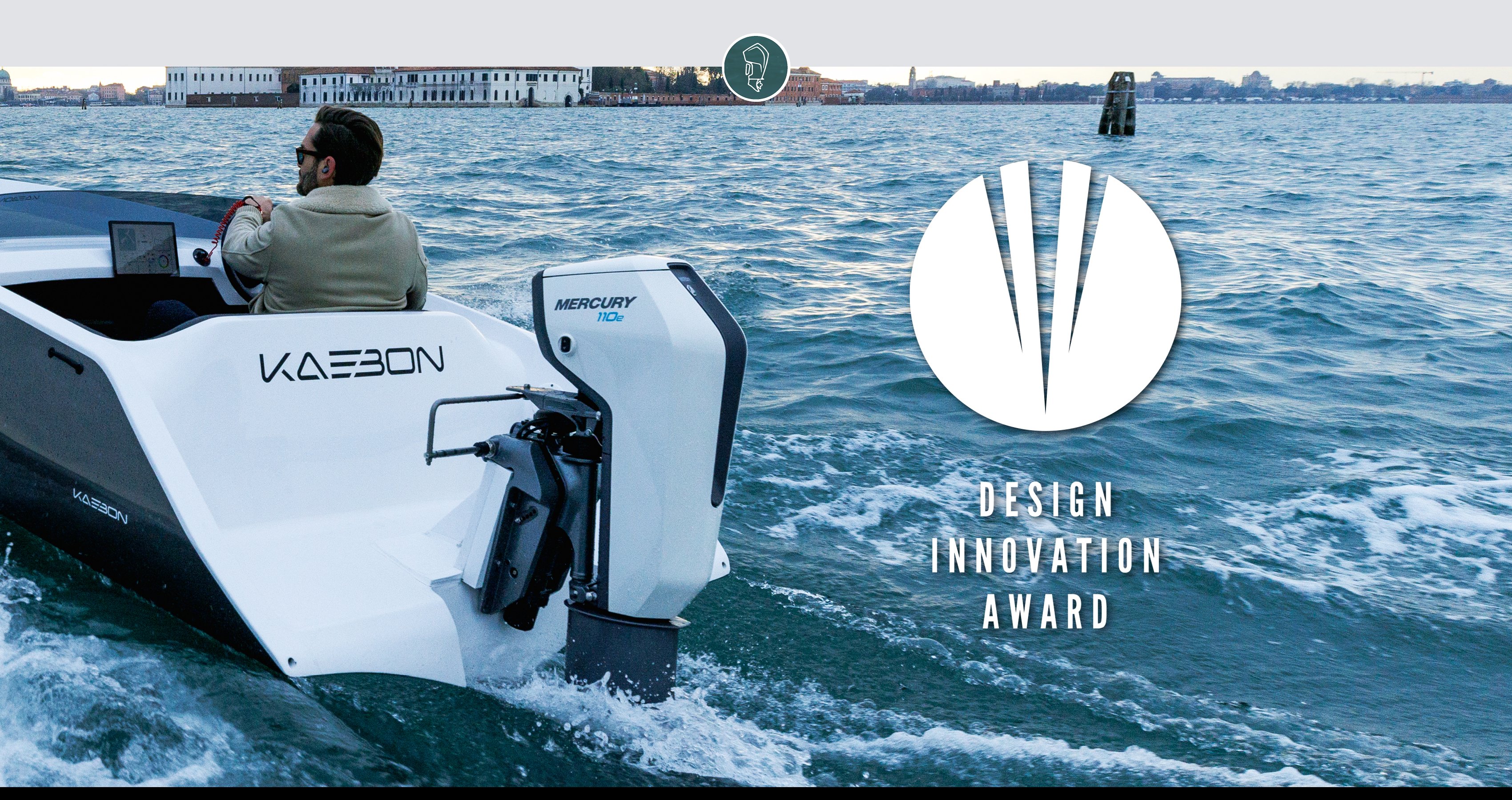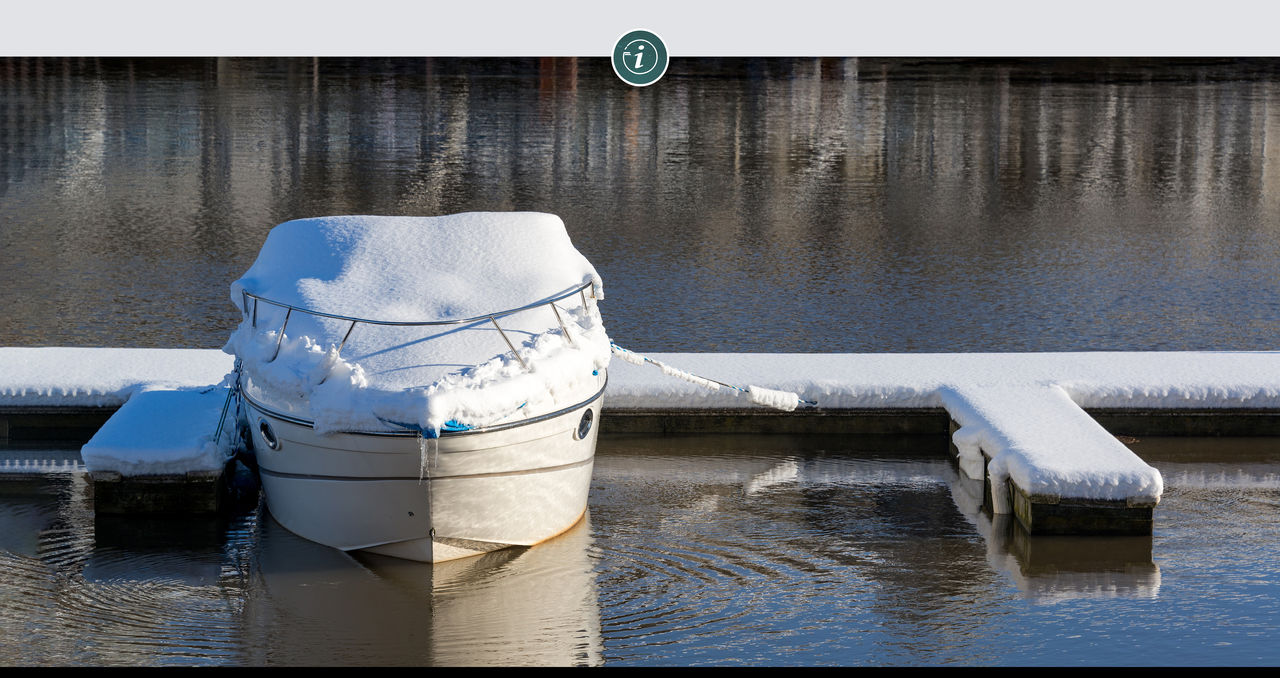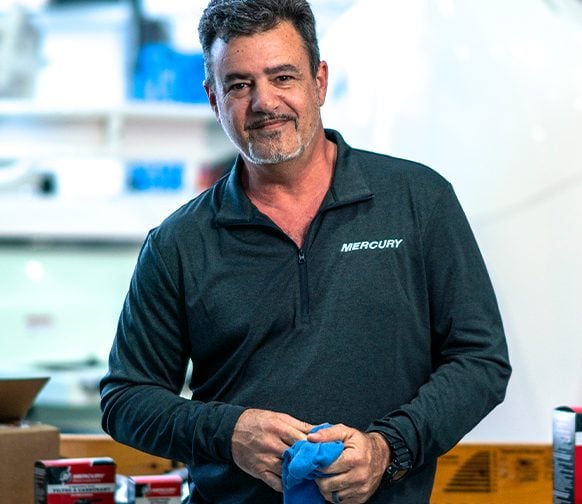Myth: Any boat cover is better than no boat cover. For instance, those cheap blue tarps, which might not last more than a couple of seasons, will protect your boat just as well as a canvas cover or shrink-wrap since they keep the sun, rain and snow off your pride and joy.
Fact: Cheap tarps often do more harm than good. The checkerboard pattern of filaments on them is slightly abrasive, and if the cover shifts or flaps back and forth in the wind, it can cause wear on paint, gel coat and other finishes. The problem is made worse if dust or debris gets trapped between the tarp and the boat’s surfaces.
Cheap tarps also tend to rip and tear if they’re subjected to the weight of snow or pooled rainwater. While it might seem like a handy economical option, in the long run, depending on a tarp is a poor decision. If you’re forced to use one in an emergency, be sure to protect outboard cowls, teak and finished surfaces with old sheets or blankets secured in place under the tarp.
Myth: If storing a boat in the water over the winter, leave a lightbulb turned on and hanging in the bilge and/or head compartment when temperatures threaten to drop below 32 degrees. The heat created by the lightbulb can prevent freeze damage.
Fact: Yes, an illuminated lightbulb can help warm a bilge, but it’s also a serious fire hazard. In fact, many insurance policies explicitly prohibit this practice.
The only proper way to heat any compartment in a boat left in the water during winter is with a dedicated marine heater that meets safety standards. That means it’s ignition- and spark-protected, moisture resistant, and will shut down automatically in case of failure.





